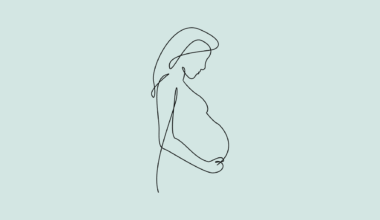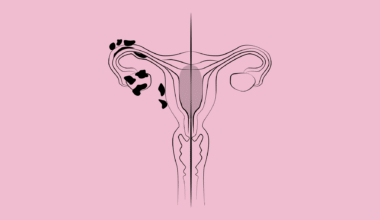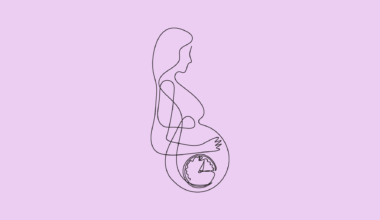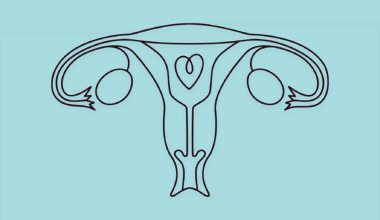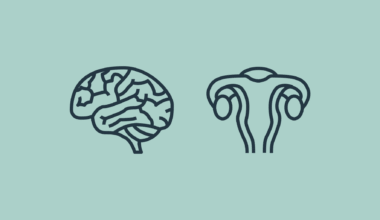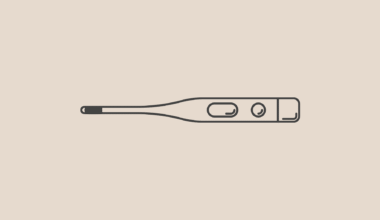“Knowledge is power. The more you understand your body, the better equipped you’ll be on your fertility journey.”
Welcome to Your Fertility HQ
Before we jump into ovulation tests, fertility apps, and baby-making strategies, let’s take a moment to appreciate the amazing reproductive system you’re working with. Think of this as the “getting to know you” phase of your TTC journey—because you can’t work with what you don’t understand.
The Reproductive Anatomy Basics
Let’s start with a quick tour of your reproductive system (no awkward health class videos required):
Uterus: The strong, muscular home where a baby can grow during pregnancy. It’s flexible, powerful, and kind of like the ultimate Airbnb—ready to host, fully furnished by the endometrium, and totally self-cleaning.
Endometrium: The lining of your uterus that thickens monthly in preparation for potential pregnancy and sheds during menstruation if pregnancy doesn’t occur. Your body’s way of constantly redecorating, just in case.
Fallopian Tubes: The pathways that eggs travel through from the ovaries to the uterus, and where fertilization typically occurs. Think of these as nature’s water slides for eggs—the fun transportation system with a very important destination! This is where the real magic of fertilization happens—sperm doesn’t meet the egg in your uterus like the movies would have you believe.
Ovaries: The female reproductive organs that store eggs and produce key hormones like estrogen and progesterone. Your body’s treasure chests where all your precious eggs are stored. These almond-sized organs house all the eggs you’ll ever have. You’re born with around 1–2 million, but by puberty, only about 300,000–400,000 remain. And during your reproductive years, just 300–400 will actually mature and make their debut. Talk about exclusive VIP guests.
Cervix: The gateway between the uterus and vagina. Small but mighty, it opens just a little for periods and a lot during childbirth. Think of it as the VIP entrance to the uterus—exclusive and very well-regulated. Around ovulation, it softens and produces that stretchy, egg-white-like mucus to help sperm survive and swim upstream. It’s basically rolling out the red carpet for conception.
Vagina: The muscular canal that connects the cervix to the outside world. It’s the passageway for menstrual flow, sex, and childbirth. It’s incredibly adaptable, self-cleaning, and strong enough to do all the things—basically the MVP.
MYTH BUSTER:
“Women produce new eggs throughout their lives”
Nope! Unlike men, who are basically walking sperm factories, women come fully stocked with all their eggs at birth. Think of it like doing all your holiday shopping way ahead of time. It’s one of the reasons why female fertility comes with more of a ticking clock.
And honestly? This is just our first coffee chat. Inside our TTC but make it CHILL eBook, we’re diving way deeper—busting myths, sharing real strategies, and giving you the kind of TTC advice you actually want (no eye-rolls required).
If you’re ready to feel less overwhelmed, a little more in control, and a lot more hopeful. You’ll be so glad you started here.
👉 Grab your copy of TTC but make it CHILL here!

